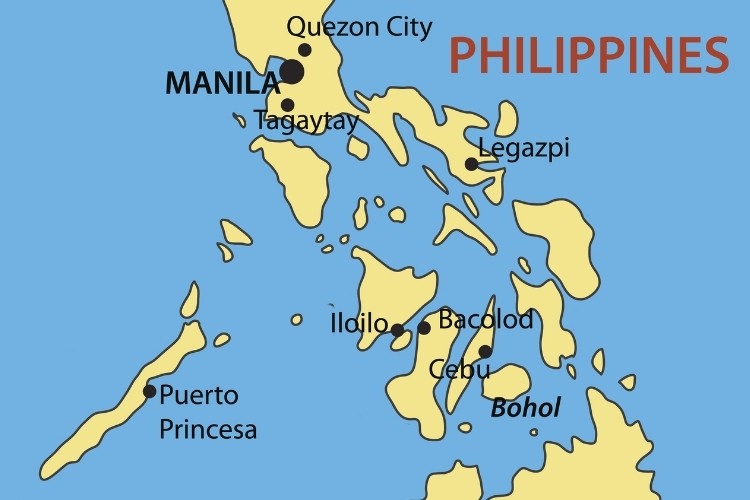Philippines looks to cut dairy imports through increased local production

DA secretary Emmanuel Piñol held a forum last month with dairy stakeholders and members of the Bohol Dairy Producers Association to consult with farmers – specifically those organized by both the Philippine Carabao Center (PCC) and the National Dairy Authority (NDA) – about government plans to increase local dairy production to cover at least 10% of the country's requirements by 2022.
NDA administrator Marilyn Mabale said about 190,000 metric tons of milk production would be needed to fulfil the requirement.
Piñol said the government's plan to increase dairy production would involve increasing the dairy herd population, which would also require cultivation of forage.
Brazilian animals
He told the farmers the country has been spending too much on imported food items – including dairy – which could be produced locally.
The DA is looking to breeding programs, additional processing centers, and adding milking sheds and training centers to accommodate 5,000 animals being imported from Brazil.
The cattle, better suited to the Philippines’ climate and therefore more productive, are currently under quarantine in Brazil, and will be flown to Bohol once their disease-free status can be ascertained. Once in the Philippines, they will be loaned to communal farms.
Building modern milking sheds, and better marketing, will generate employment and lead to modernized people's organizations organized into cooperatives, Piñol said.
The other goal, he added, is to avoid individual dispersal where poor farmers are often pushed to sell their farm animals.




